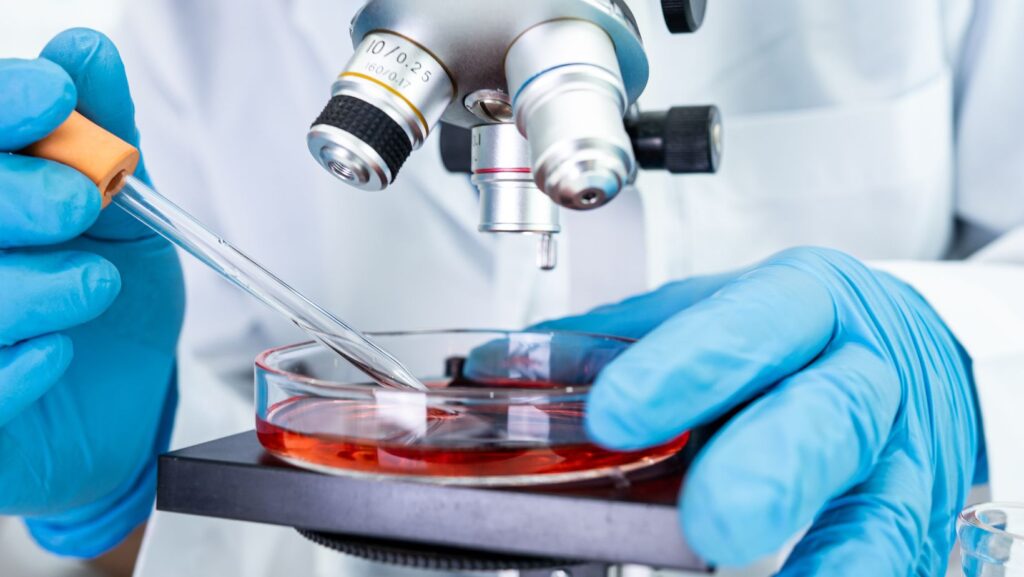
For directors and scientists driving forward biologics formulation and process development, every microliter of sample, every decision about stability, and every subtle change in formulation matters profoundly. Imagine having a window into the molecular-level drama unfolding within your biologics—capturing instability, detecting tiny aggregates, and preventing costly downstream failures. Today, particle analyzers offer this exact promise, revolutionizing biologics development with unmatched precision, sensitivity, and efficiency.
Let’s explore how particle analyzers are transforming biologics development by ensuring precision and safety—and what this means for your team’s innovation, productivity, and ultimate success.
The Limitations of Traditional Particle Analysis Techniques
Conventional methods such as dynamic light scattering, analytical ultracentrifugation, and size exclusion chromatography have served the industry for decades but come with notable drawbacks. They often require large sample volumes—typically hundreds of microliters—lengthy preparation steps, and offer limited sensitivity for subvisible particles. Complex fluidics systems can also clog when analyzing biologics formulations rich in proteins or excipients, slowing down workflows and delaying critical development milestones.
These limitations impact early-stage formulation screening and scale-up, forcing teams to balance sample consumption against analytical depth, and occasionally leading to gaps in particle characterization that surface during late-stage development.
Early Detection: The Key to Stability and Safety
In biologics formulation, small aggregates and subvisible particles can signal significant problems down the road. Left undetected, these minuscule instabilities can cascade into costly failures—derailing timelines and compromising safety. Historically, traditional analytical methods required large volumes, lengthy prep, and offered limited sensitivity.
Today’s next-generation analyzers overcome these hurdles, delivering early-stage stability assessments with incredible accuracy using as little as 5 µL of sample. Plate-based formats (e.g., 96-well plates) enable rapid, parallel screening of formulation conditions, reducing sample consumption and accelerating decision-making.
Maximizing Precision: Advanced Particle Characterization at Scale
Modern particle analyzers capture and analyze the entire sample, providing comprehensive quantitative and qualitative data. They measure particle size, count, and morphology with high contrast imaging—even when the refractive indices of particles and the formulation matrix are similar. This allows clear differentiation between protein aggregates, silicone oil droplets, and other contaminants.
Integrated software pipelines automate data analysis, transforming raw images and counts into actionable insights in minutes rather than days.
Navigating Regulatory Challenges with Confidence
Regulatory agencies such as the FDA, EMA, USP, and PhEur impose strict limits on visible and subvisible particulate matter in injectable biologics. Demonstrating robust particle characterization is a key component of regulatory submissions and comparability exercises.
High-resolution data from advanced analyzers ensure compliance with USP <788> and related guidelines, simplifying documentation and helping teams satisfy auditors and reviewers more efficiently.
Real-World Impact: Case Studies and Success Stories
Leading biopharma companies use modern analyzers to accelerate gene therapy and monoclonal antibody programs. In AAV-based gene therapies, early detection of capsid aggregation and vector instability has conserved precious sample and shortened development timelines. For protein therapeutics, rapid aggregation profiling under stress conditions guides formulation selection well before late-stage CMC studies.
These implementations consistently translate into lower costs, faster candidate progression, and reduced program risk.
Addressing Common Objections and Misconceptions
Many teams hesitate due to perceived high initial investment or concerns that more sensitive methods will uncover “too many” particles. However, subscription and pay-per-use models lower upfront costs, while superior data accuracy allows for risk-based decisions early, avoiding much larger costs associated with late-stage failures. Detecting more particles is an advantage—it highlights hidden instabilities that traditional methods miss, enabling mitigation strategies rather than reactive troubleshooting.
Embracing the Future: AI, Automation, and Beyond
Artificial intelligence and machine learning are increasingly embedded in particle analysis platforms, automating image classification and anomaly detection. Combined with fluidics-free designs, these systems deliver walk-away operation and high-throughput capacity, ideal for overnight runs and large screening campaigns.
As continuous manufacturing and real-time analytics become mainstream, intelligent particle analyzers will integrate seamlessly into process control environments, offering predictive insights and closed-loop feedback to optimize production.
Precision Particle Analysis: Your Path to Biologics Excellence
Particle analyzers provide the low sample volume requirements, unmatched sensitivity, and reliable throughput that modern biologics development demands. By enabling early detection, high-precision characterization, and solid regulatory compliance, they empower teams to innovate faster and with greater confidence.

Embrace advanced particle analysis today to minimize risk, accelerate timelines, and ultimately bring safer, more effective biologics to patients.













